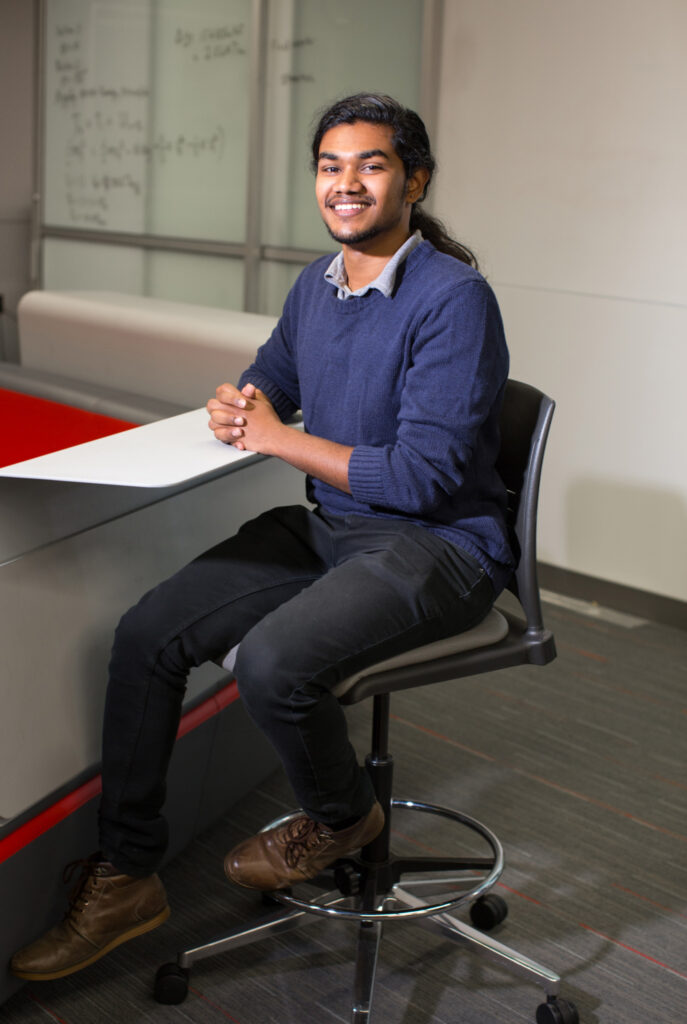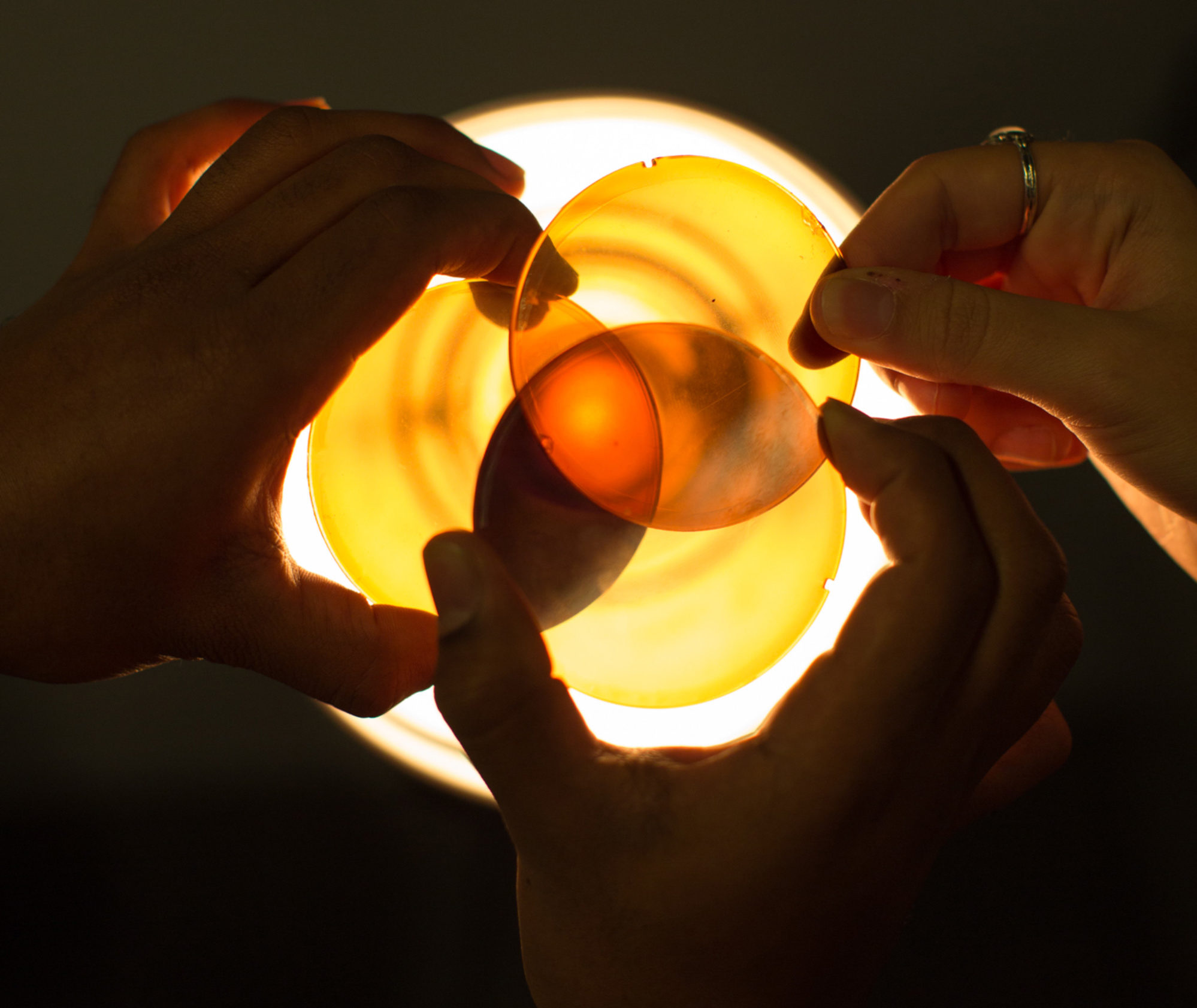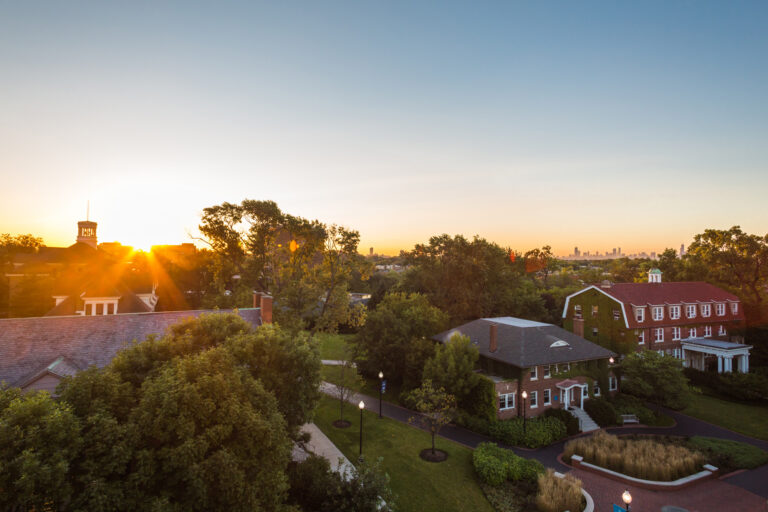
Anosh Wasker C’19, a physics major, came to North Park from Northern India. Since his arrival, he’s made his mark on campus, engaging in a variety of activities and clubs and tutoring students as an academic assistant. He can also be found at the Johnson Center at the Hub, a favorite hangout for Wasker and his fellow physics students.
“The best part about the Hub is that if you get stuck on a problem, you can just ask the people around you,” Wasker says. “Physics is something I don’t fully understand, but I love it because of the challenge and the way it makes us step back and ask philosophical questions.”
Wasker finds this especially true of quantum mechanics.
“I knew that light could have dual nature as matter and particle, but I didn’t truly understand that, and that’s what really interests me.”
Recently, Wasker and another student gave a demonstration on loop quantum gravity for a class.
“I love the process of trying to understand what I don’t know,” says Wasker, who hopes to pursue an advanced physics degree, eventually finding a career in engineering or as a teacher.

Wasker gives a simple demonstration of quantum mechanics by passing light through polarized lenses. When two lenses are perpendicular to each other, the polarized visible light cannot pass through. One way to imagine this is by visualizing cheese passing through two grates. If the two grates are perpendicular, then no cheese will pass through. However, when a third lens (or, in the case of cheese, a grate) is added at an angle, the light (or, cheese), appears again. This demonstrates that the polarized light exists in both vertical and horizontal states. This is usually called superposition in quantum mechanics.


